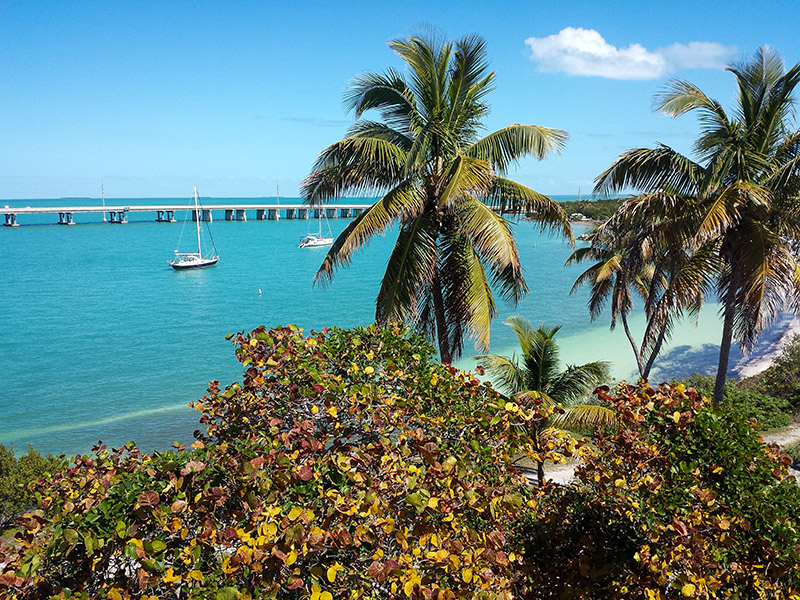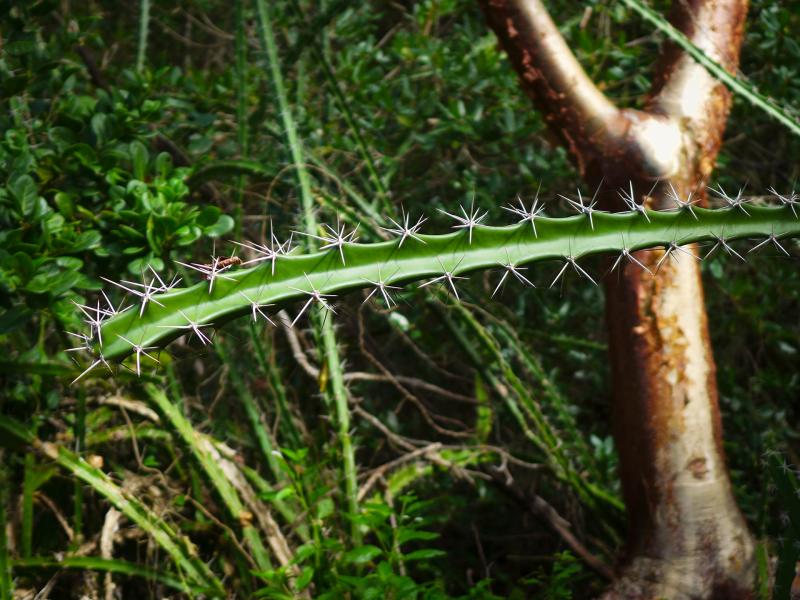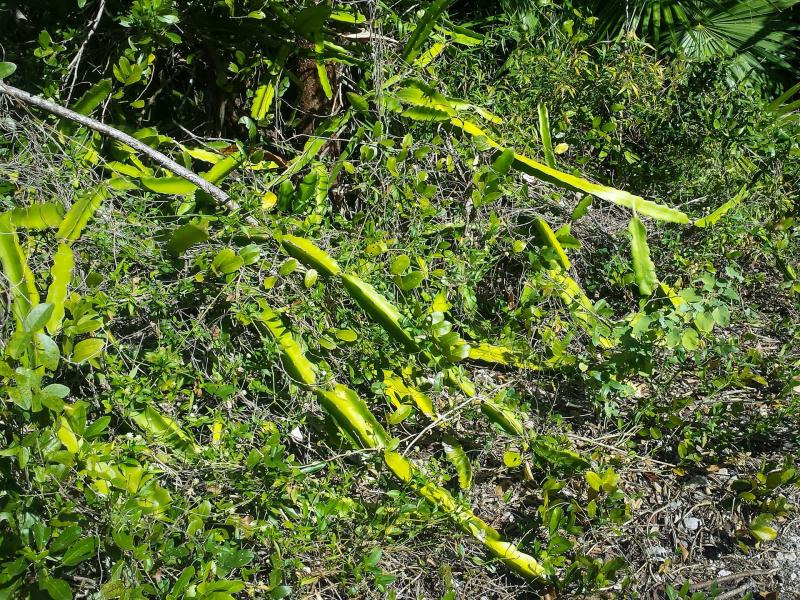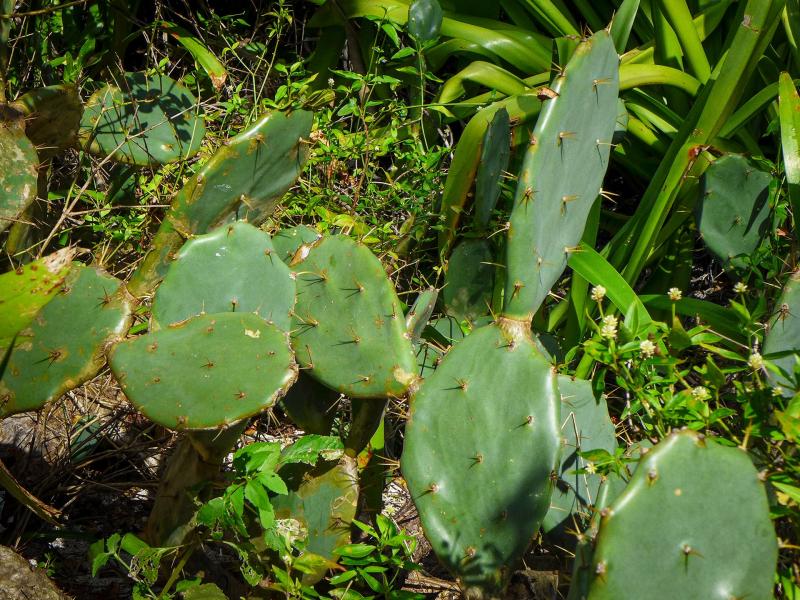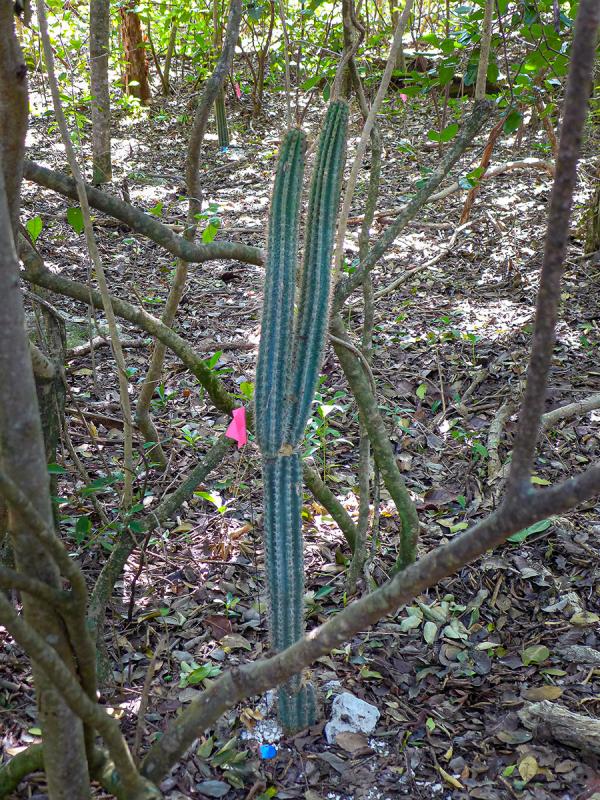Cactus Habitat: Florida Keys
Jennifer Galas
Florida Keys
Southern Florida
Although it's certainly not a desert, Florida provides some excellent habitat for cactus. Sandy coastal areas host several species of Opuntia (prickly pear) while hardwood forests provide conditions perfect for forest-dwelling cacti. The atmosphere may be humid, but most cacti cannot absorb moisture through their skin. Forest-dwelling cacti typically grow epiphytically, hanging from trees and other plants for support. Without terrestrial roots, they must obtain water and nutrients from the small amount of rainfall and decaying vegetation that collects in the crevices in which they grow—areas that are prone to continual cycles of moisture and dryness. Their succulent stems help them survive the dry periods.
Florida cactus populations are threatened by storm surges and high winds during hurricanes, rising sea levels, poaching of rare species, and the destructive nonnative cactus moth Cactoblastis cactorum.
Acanthocereus tetragonus
This tropical cactus forms thickets in coastal hammocks. Large white blooms open at night to attract hummingbird moths for pollination.
Hylocereus undatus (dragonfruit)
Unlike the solitary giants of the west, tropical cacti often form thick brambles. This South American native is considered invasive in Florida.
Opuntia stricta
Endemic to the southeastern US and Florida, Opuntia stricta grows in sandy coastal environments.
All images © Jennifer Galas
